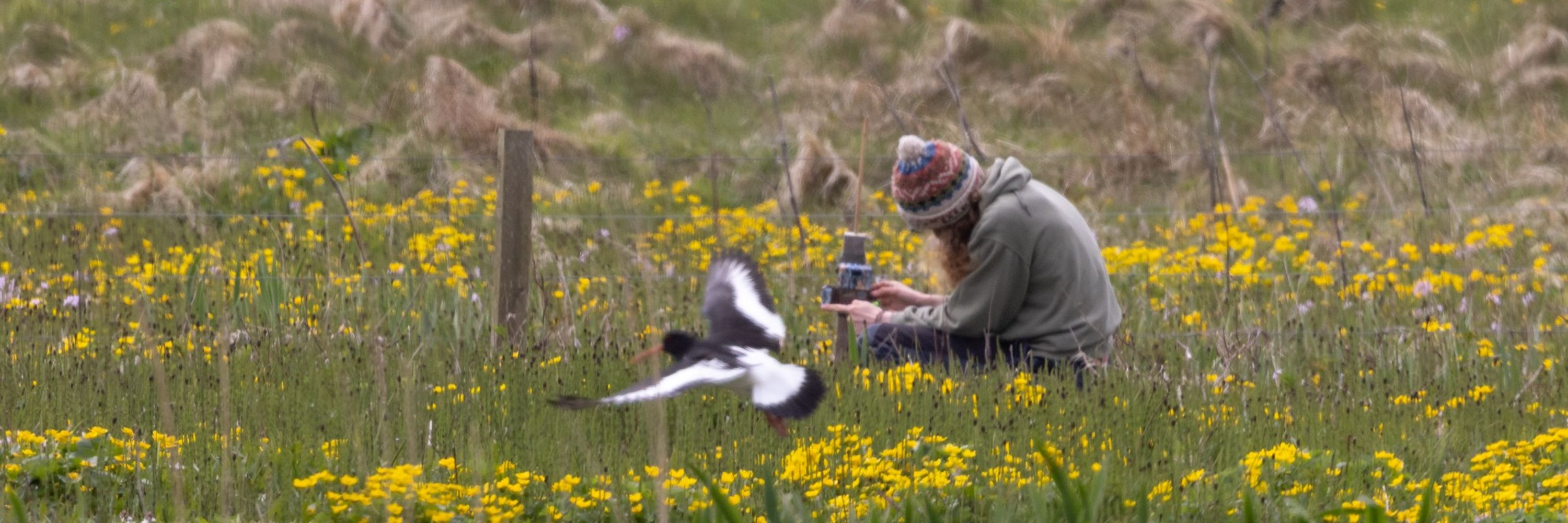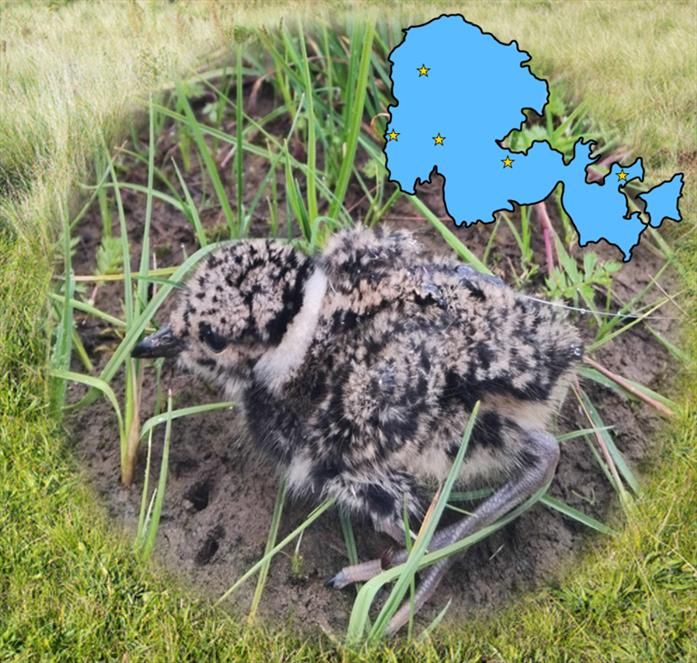
🔍Investigating drivers of wader chick survival on Orkney
Lapwing chicks face high mortality—our radiotracking study in 2024 explored survival rates, habitat effects & predation risks. What did we find? 🧵#BOU2025 #ornithology

🔍Investigating drivers of wader chick survival on Orkney
Lapwing chicks face high mortality—our radiotracking study in 2024 explored survival rates, habitat effects & predation risks. What did we find? 🧵#BOU2025 #ornithology

